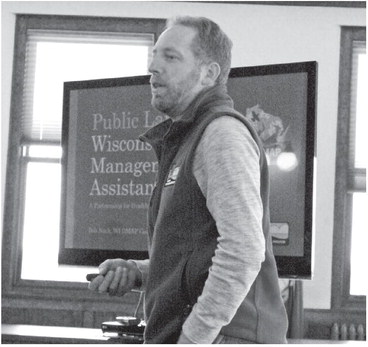Hunters voice opposition to DMAP in county forest


Hunters criticize county for subverting county deer advisory council’s authority
A proposal to create a Deer Management Assistance Program (DMA...


Hunters criticize county for subverting county deer advisory council’s authority
A proposal to create a Deer Management Assistance Program (DMA...